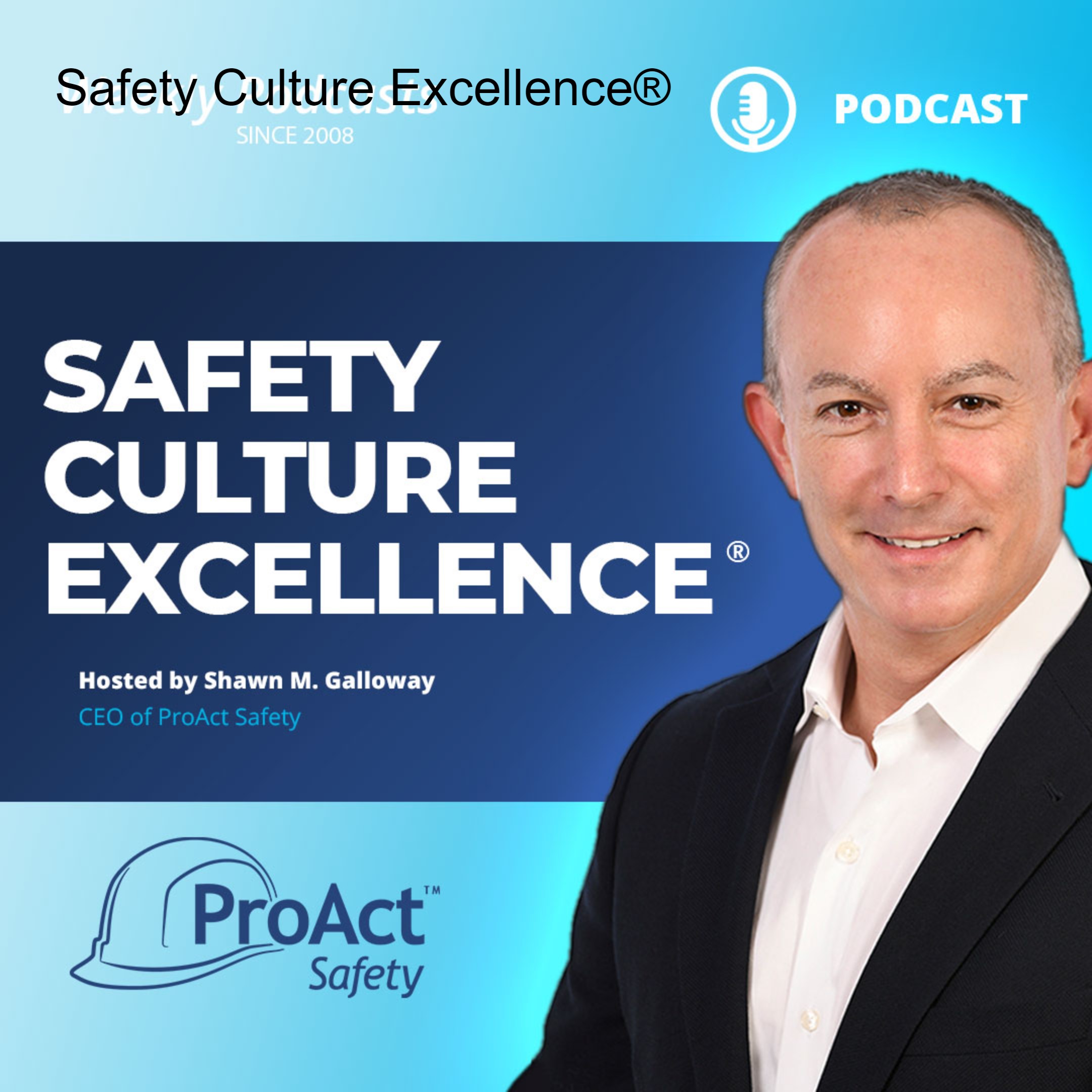Episodes
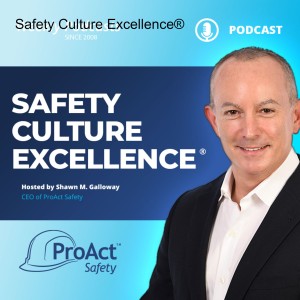
Monday May 11, 2020
639: See the Cyclists They Are Everywhere
Monday May 11, 2020
Monday May 11, 2020
Hello, welcome to the Safety Culture Excellence podcast, brought to you by ProAct Safety, the world leader of safety excellence.

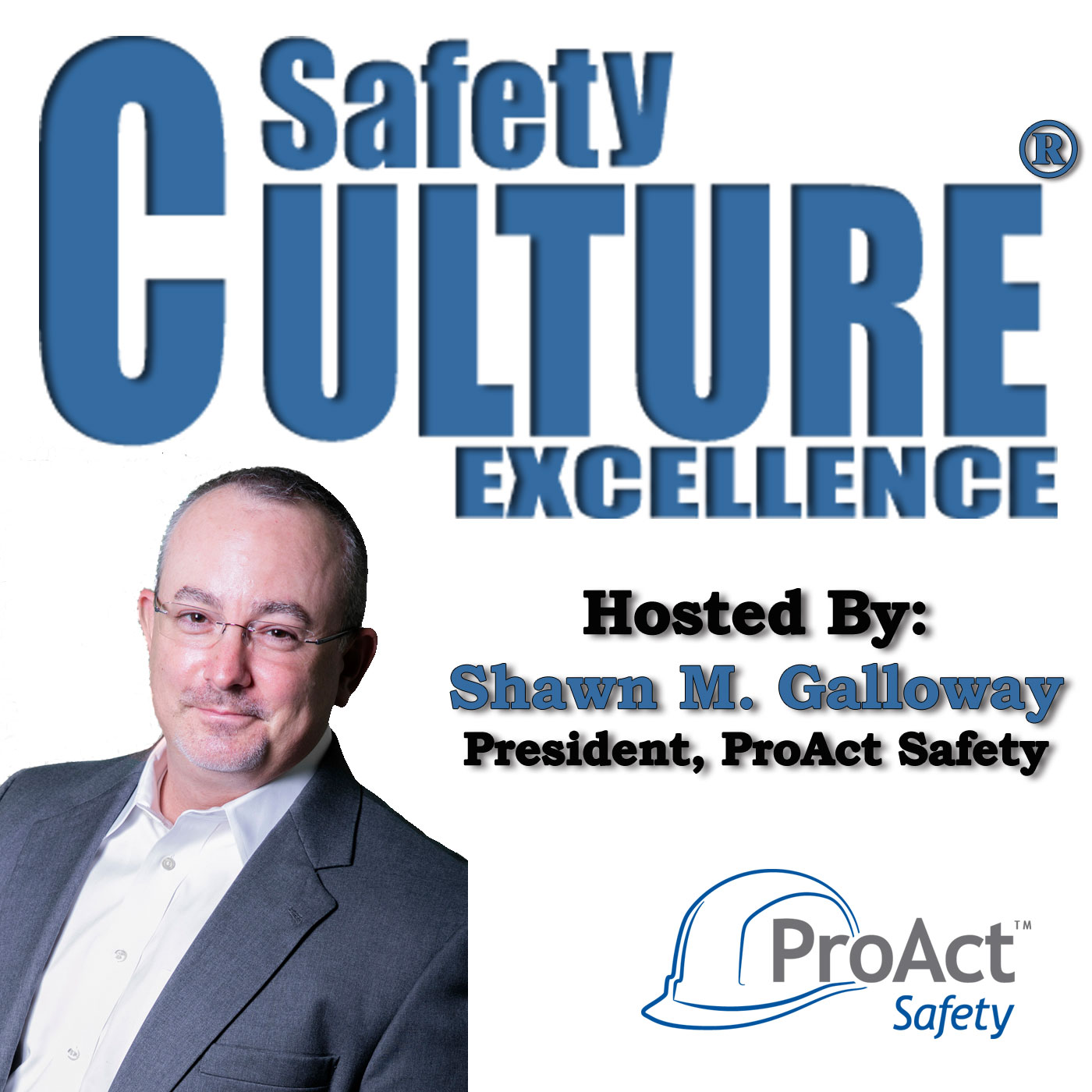
Monday Jun 25, 2018
549: Safety Drivers
Monday Jun 25, 2018
Monday Jun 25, 2018

Monday Jun 12, 2017
495: Focus and Scan
Monday Jun 12, 2017
Monday Jun 12, 2017

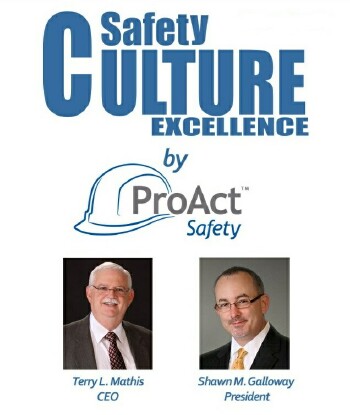
Monday Nov 30, 2015
416: How Portable Are Your Safety Efforts?
Monday Nov 30, 2015
Monday Nov 30, 2015


Wednesday Mar 11, 2015
The Safety Game Plan
Wednesday Mar 11, 2015
Wednesday Mar 11, 2015
Just as a head coach should bring a plan to win each game, leaders of organizations should have a plan to win in safety. If you truly seek excellence, it is not enough to simply set a goal to win by so many points, or just show up and rely on the native ability of your players. True leadership involves strategy. How do you play on your strengths? How do you adjust for special challenges? How do you constantly revise your plan based on successes and failures? How do you motivate and direct your players?
So many safety programs lack true strategies and simply rely on good players, traditional plays, and a little cheerleading. Leaders stress safety rather than leading it. They give it lip service and even invest resources in traditional efforts, but they don’t really have a game plan. They fire poor performers and try to hire better ones, but don’t really have a training program to maximize performance. All the symptoms of poor coaching apply to safety leadership. Do you bring a game plan to the table in your organization?
-Terry L. Mathis
For more insights, visit
www.ProActSafety.com
Terry L. Mathis is the founder and CEO of ProAct Safety, an international safety and performance excellence firm. He is known for his dynamic presentations in the fields of behavioral and cultural safety, leadership, and operational performance, and is a regular speaker at ASSE, NSC, and numerous company and industry conferences. EHS Today listed Terry as a Safety Guru in ‘The 50 People Who Most Influenced EHS three consecutive times. He has been a frequent contributor to industry magazines for over 15 years and is the coauthor of STEPS to Safety Culture Excellence (2013, WILEY).


Wednesday Jan 28, 2015
Leading and Managing Safety
Wednesday Jan 28, 2015
Wednesday Jan 28, 2015
If safety is truly a value, and not just a changing priority in an organization, it must be led by the leader of the organization, not simply delegated to a safety professional. Other values such as integrity or honesty are not delegated, but led and demonstrated by organizational leaders.
Many safety professionals are titled as safety managers and, as such, can be delegated the job of managing the safety activities and recordkeeping of the organization. However, if these safety managers are expected to truly lead safety, they find themselves competing with the organizational leaders of finance, engineering or sales. This very delegation suggests that the true goal of the organization is being led by the leader and everything else is less important. Safety becomes a sub-culture led by a sub-leader and takes a secondary and non-integrated priority in the minds of workers. This division can lead to a dichotomy or conflict of priorities in which workers have to choose between pleasing the boss of production or the boss of safety.
Leading safety means establishing the value and walking the talk. Workers take cues from organizational leaders about what is most important. Leaders who regularly talk about safety and lead by personal example make the job of the safety manager much more fluid and truly integrate safety as a core organizational value that is woven into the fabric of daily work.
-Terry L. Mathis
For more insights, visit
www.ProActSafety.com
Terry L. Mathis is the founder and CEO of ProAct Safety, an international safety and performance excellence firm. He is known for his dynamic presentations in the fields of behavioral and cultural safety, leadership, and operational performance, and is a regular speaker at ASSE, NSC, and numerous company and industry conferences. EHS Today listed Terry as a Safety Guru in ‘The 50 People Who Most Influenced EHS three consecutive times. He has been a frequent contributor to industry magazines for over 15 years and is the coauthor of STEPS to Safety Culture Excellence (2013, WILEY).

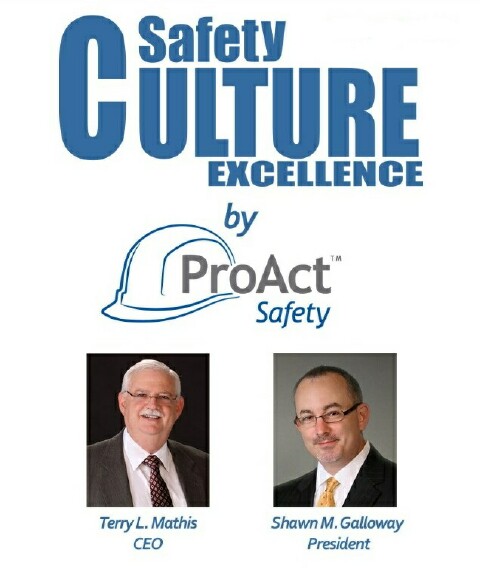
Wednesday Jun 04, 2014
Who is Driving Safety?
Wednesday Jun 04, 2014
Wednesday Jun 04, 2014
The leaders of an organization who were asking for my help to improve their safety efforts told me that they were all pushing safety as hard as they could. I asked them who was driving safety and how long it had been stalled and needing to be pushed. Almost every leadership team is either neglecting, pushing or driving safety. Neglect brings on disaster. The need for pushing often results from previous neglect. Driving safety almost always results in progress and improvement.
Just as the term implies, driving is giving direction, speed and stability to the safety effort. Stalled efforts may require some pushing, but well-running efforts simply need drivers. The most recognized drivers of safety are leadership, supervision, guidelines, and training. Leaders need to give safety strategic direction. Supervisors need to steer and correct the daily efforts. Guidelines, such as rules, procedures, and P.P.E. requirements should provide a road map for the workplace decisions that impact safety. Training should ensure that everyone knows the guidelines and can also recognize and manage the risks in the workplace that may not be fully covered by the guidelines.
Safety efforts that are strategically driven shape the perceptions and culture of the safety efforts. The perceptions and culture combine with the training to shape the daily performance. Supervision keeps the daily performance on track. The daily performance produces the results that are measured by the lagging indicators of safety. If your lagging indicators indicate you are not at your desired destination, ask yourself “who is driving?”
-Terry L. Mathis
For more insights, visit www.ProActSafety.com
Terry L. Mathis is the founder and CEO of ProAct Safety, an international safety and performance excellence firm. He is known for his dynamic presentations in the fields of behavioral and cultural safety, leadership, and operational performance, and is a regular speaker at ASSE, NSC, and numerous company and industry conferences. EHS Today listed Terry as a Safety Guru in ‘The 50 People Who Most Influenced EHS in 2010, 2011 and 2012-2013. He has been a frequent contributor to industry magazines for over 15 years and is the coauthor of STEPS to Safety Culture Excellence, 2013, WILEY.

Monday Jun 02, 2014
339 - Conquer Distracted Driving by Becoming an ACE
Monday Jun 02, 2014
Monday Jun 02, 2014
Greetings everyone, this podcast recorded while in Lake Charles, LA. I’d like to share an article Terry Mathis wrote that was published April 2014 in EHS Today Magazine. The published article can either be found on the magazine’s website or under Insights at www.ProActSafety.com.
I hope you enjoy the podcast this week. If you would like to download or play on demand our other podcasts, please visit the ProAct Safety’s podcast website at: http://www.safetycultureexcellence.com. If you would like access to archived podcasts (older than 90 days – dating back to January 2008) please visit www.ProActSafety.com/Store. For more detailed strategies to achieve and sustain excellence in performance and culture, pick up a copy of our book, STEPS to Safety Culture Excellence - http://proactsafety.com/insights/steps-to-safety-culture-excellence
Have a great week!
Shawn M. Galloway
ProAct Safety
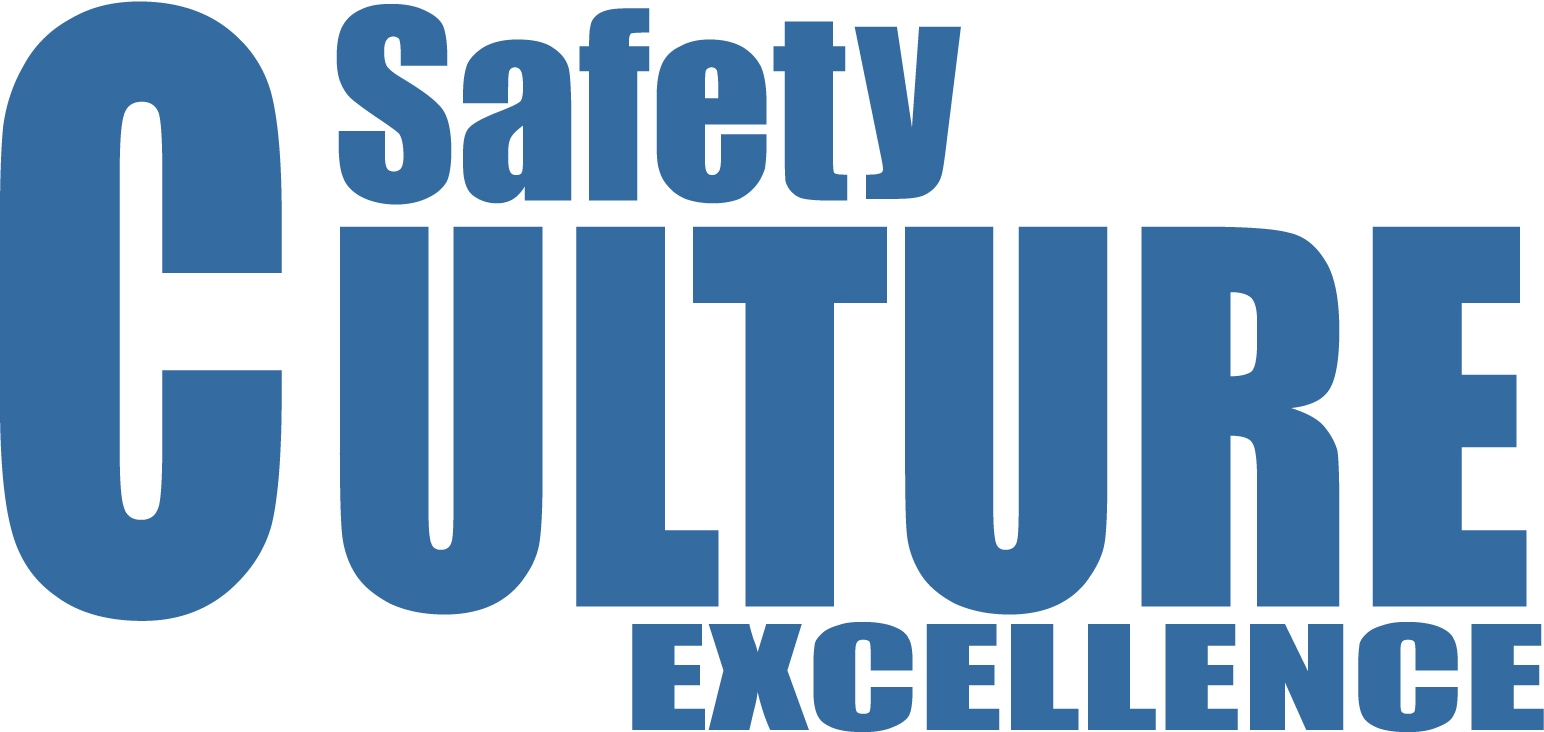
Wednesday Nov 13, 2013
Focus and Scan
Wednesday Nov 13, 2013
Wednesday Nov 13, 2013
When you drive down the highway your eyes perform two distinct, but related functions. You look at the entire roadway in front of you (scan) and you often glance at the stripes that line your position on the highway (focus). Both of these functions are crucial to safe driving. You need to know the entire path you are traveling, but also need to stay within your land to avoid other vehicles.
Most safety programs have a scan but lack a focus. Workers are admonished to “be careful” and “think before you act” but are not focused on specific improvement targets. Safety improvement is an elephant that must be eaten a bite at a time. Scanning may maintain the status quo, but it will not lead to significant improvement.
The best-performing organizations in safety constantly target specific improvements while maintaining the emphasis on the big picture. Workers are careful but also focused on specific improvement targets that can be transformational for the organization. Safety cultures form around their ability to solve safety problems and move on to other targets. They become a “can do” culture and thrive on conquering specific safety challenges. Excellence is not one-dimensional. It is a combination of scanning for all risks while focusing on overcoming specific risks. The journey to safety excellence is taken a step at a time and these steps are the focus that complement the scanning of the road ahead.
-Terry L. Mathis
Terry L. Mathis is the founder and CEO of ProAct Safety, an international safety and performance excellence firm. He is known for his dynamic presentations in the fields of behavioral and cultural safety, leadership, and operational performance, and is a regular speaker at ASSE, NSC, and numerous company and industry conferences. EHS Today listed Terry as a Safety Guru in ‘The 50 People Who Most Influenced EHS in 2010, 2011 and 2012-2013. He has been a frequent contributor to industry magazines for over 15 years and is the coauthor of STEPS to Safety Culture Excellence, 2013, WILEY.

Wednesday Oct 09, 2013
Technology and Safety Culture
Wednesday Oct 09, 2013
Wednesday Oct 09, 2013
Trucking companies are beginning to address driver behaviors with new technologies. Several companies make tracking devices that monitor drivers and photographically capture their behaviors and the road conditions in which they are operating. Post trip, these companies can know how many times drivers hit the brakes hard, changed lanes suddenly, exceeded speed limits, and exhibited other behaviors critical to driving safety. Many of these organizations are also monitoring driver cell phone calls and texting while driving.
All this information is supposedly designed to prevent accidents by changing driver behavior. But how these technologies impact organizational safety culture seems to be an afterthought. If used to coach drivers into better driving habits they can potentially create super safety cultures in which drivers strive for more excellent performance. If used as an advanced way to police and punish drivers for offenses previously undetectable, they could seriously destroy safety culture and create a police state in its place.
It is not technology that impacts safety culture, but the way in which organizations implement technology. We have NEVER seen a safety culture punished into excellence. We have seen many cultures coached into excellence. How you use technology is up to you, but consider the culture you will create as well as the behaviors you will identify. A degraded safety culture can quickly erase gains made through policing safety technologically.
-Terry L. Mathis
Terry L. Mathis is the founder and CEO of ProAct Safety, an international safety and performance excellence firm. He is known for his dynamic presentations in the fields of behavioral and cultural safety, leadership, and operational performance, and is a regular speaker at ASSE, NSC, and numerous company and industry conferences. EHS Today listed Terry as a Safety Guru in ‘The 50 People Who Most Influenced EHS in 2010, 2011 and 2012-2013. He has been a frequent contributor to industry magazines for over 15 years and is the coauthor of STEPS to Safety Culture Excellence, 2013, WILEY.

